2018 marks the 175th anniversary of the beloved Charles Dickens story, A Christmas Carol. The book has been illustrated countless times over the many years and for the last couple of those years I’ve brought you a look at different editions here.
I thought it fitting to once again circle around the fireplace, my dear Muddy Colors readers, and tell a ghost story of Christmas.
Well! Hope you’ve got something nice to drink because I’ve searched far and wide to bring you yet another look at the story through the eyes of different illustrators. I’ve included some favorites from my posts over the years as well as some new (new to me, anyhow!) versions.
As I’ve said before, though the story has been brought to life so many times, one thing in particular that emerges for the student of illustration is the unlimited and boundless ways to approach any given scene. From the apparition of Jacob Marley to the shattering vision of Scrooge’s own death, the illustrative solutions are endless.
____________________________________
It’s always fitting to begin at the beginning and see what the original audience would have seen.
I have to wonder if Leech ever wondered what future illustrators would do with the characters and moments he envisioned. Each subsequent edition of the story owes a debt to John Leech.
____________________________________
Greg Hildebrant. 1983.
Hildebrant needs no introduction around Muddy Colors, I’m sure so, I’m going to get out of the way and just let you see the powerful, commanding work.
____________________________________
Harold Furniss. 1910.
English writer and illustrator, Harold Furniss was the author of nearly 30 books (as well as amazingly named autobiography, The Confessions of a Caricaturist). It’s interesting to note, this collection of Dickens’ Christmas stories appears to be his last commissioned project, though Furniss would go on to write and illustrate his own work for another 15 years.
____________________________________
Drew Struzan. 1992.
Oh fine, so it’s a little bit of cheat to include this one but I don’t want to hear a one of you complaining. While it’s not an illustrated edition, the legendary Drew Struzen lends his powers to Kermit and the gang to help bring their own particular vision of the story to life.
Interesting side note, I got the chance to visit Mr. Struzan at his home studio a number of years back and this piece was there! It had just been on display at a show and there it was, wrapped in some plastic, leaned against the wall.
He noted that they changed some things around from his original. I think Kermit’s been enlarged a little, something like that. I’m not sure exactly because about a second later I was completely distracted by his original Luke Skywalker prop lightsaber.
____________________________________
It’s sobering to think of Rackham working through these illustrations during 1915, the second year of The Great War. I checked my copy of Arthur Rackham: A Life with Illustration by James Hamilton to see what, if anything, was noted about this time in his life.This was the first Dickens story Rackham had attempted, and despite its ghostliness, and the opportunities for the supernatural that story presents for its illustrator, Rackham did not exploit these to the full. … It’s as if, in choice of his subjects, he voluntarily passed by the opportunity to terrify his readers with too many ghosts and images of retribution, and chose instead to calm them with pictures of sliding on the ice in smoky London, dancing with Mrs. Fezziwig and children bouncing about on Christmas Eve. Perhaps caught by the national anxiety and tragedy of wartime, Rackham voluntarily softened his interpretation of Dickens’ story in a way he might not have done eight or ten years earlier – or indeed twenty years later with Poe’s Tales.
____________________________________
Quentin Blake. 1995.
Somehow, and I am sorry to say so, I had no idea that Quentin Blake had illustrated a version of A Christmas Carol. The inimitable illustrator of dozens upon dozens of books brings his wholly unique and unmatched abilities to bear upon the text with such freshness and life.
____________________________________
____________________________________
From the original illustrated edition in 1843 to more contemporary visualizations, one thought reaches across the years: we need the ghostly and redemptive tale of Ebenezer Scrooge. It entranced audiences 175 years ago and it haunts us still today.


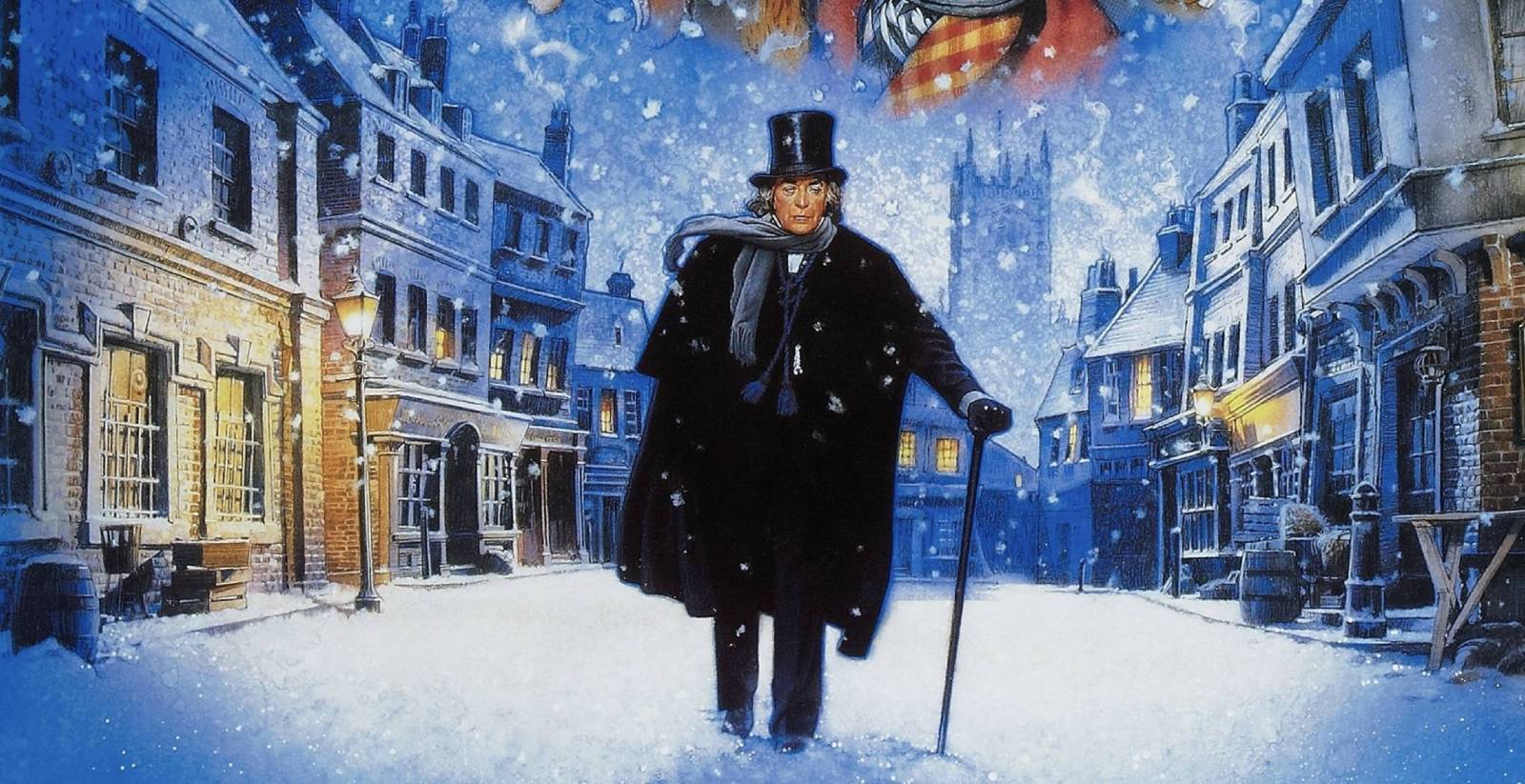



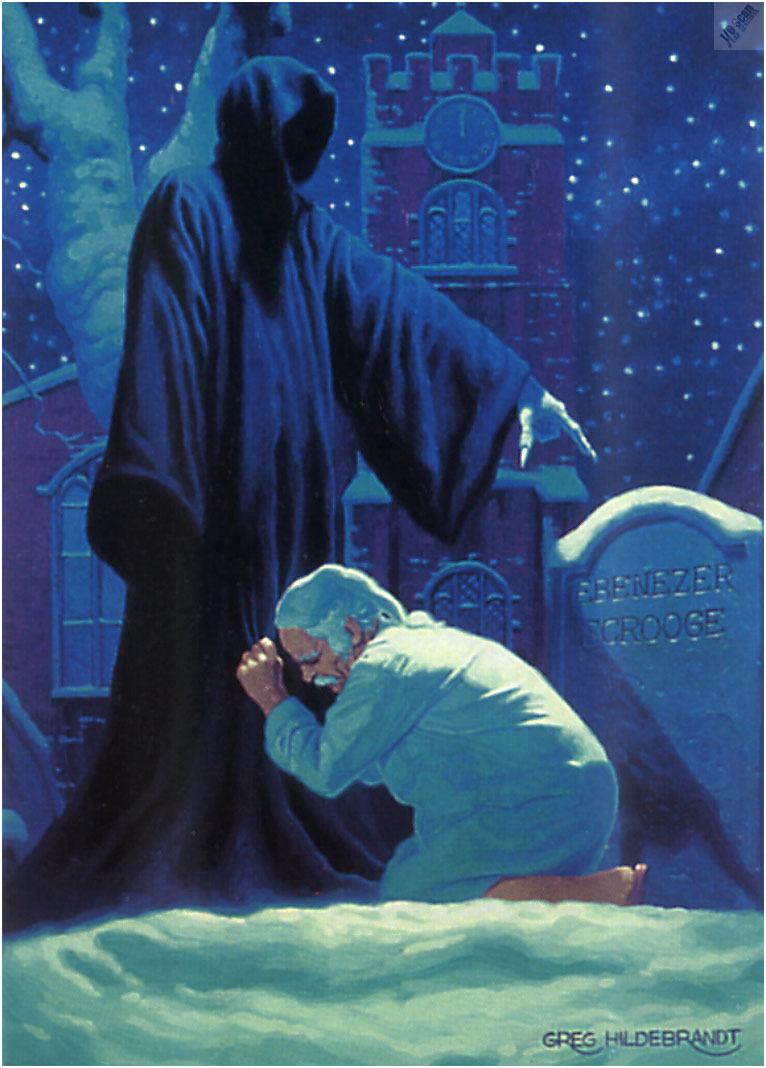


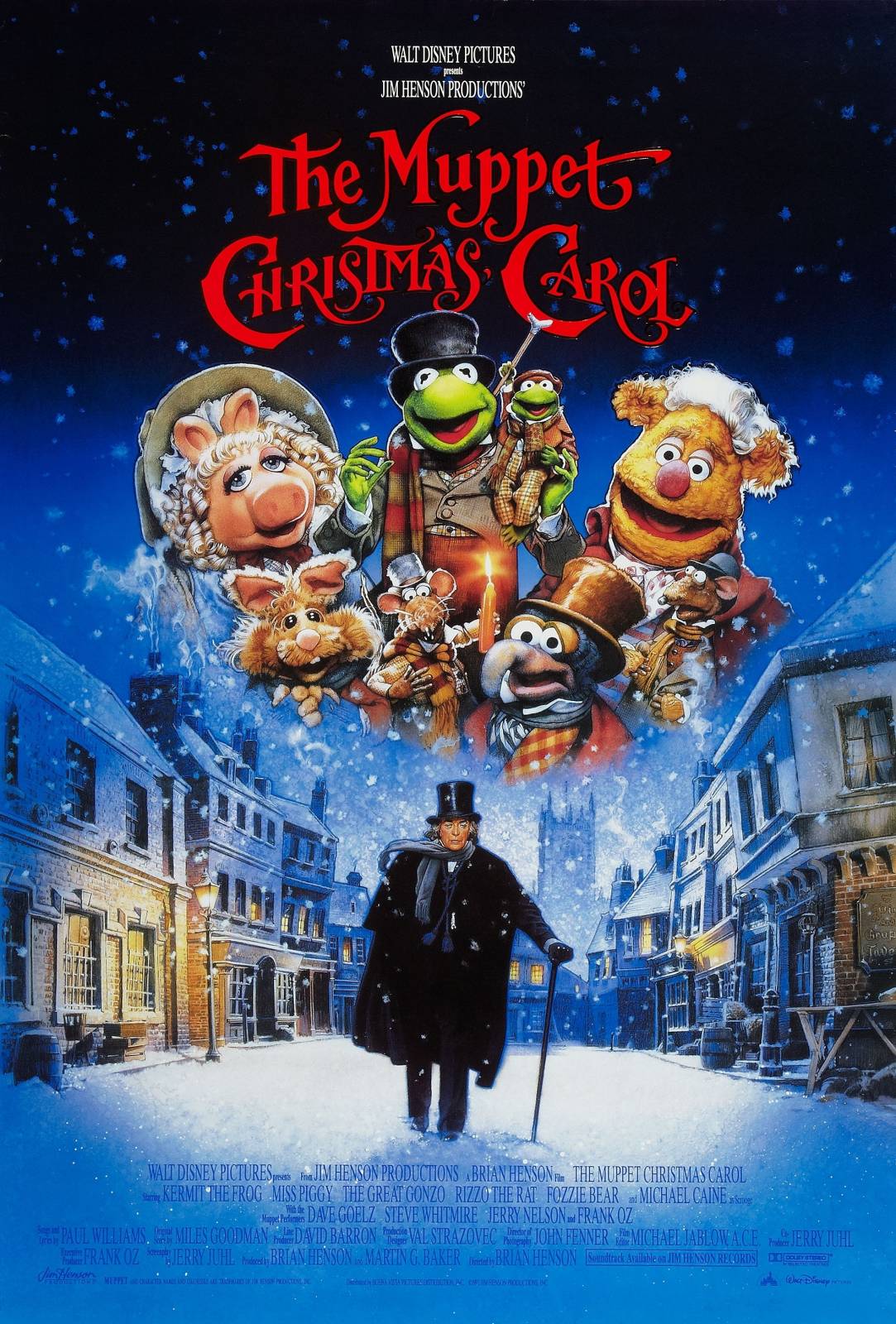
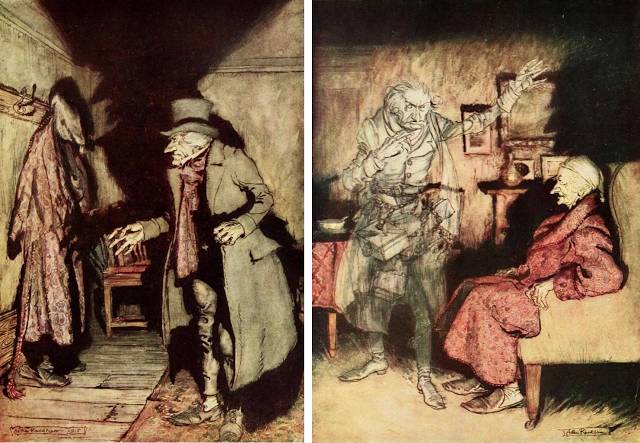

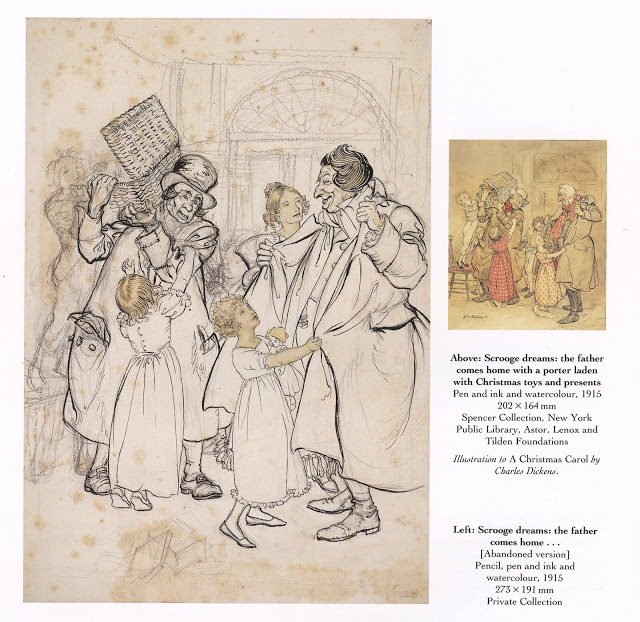

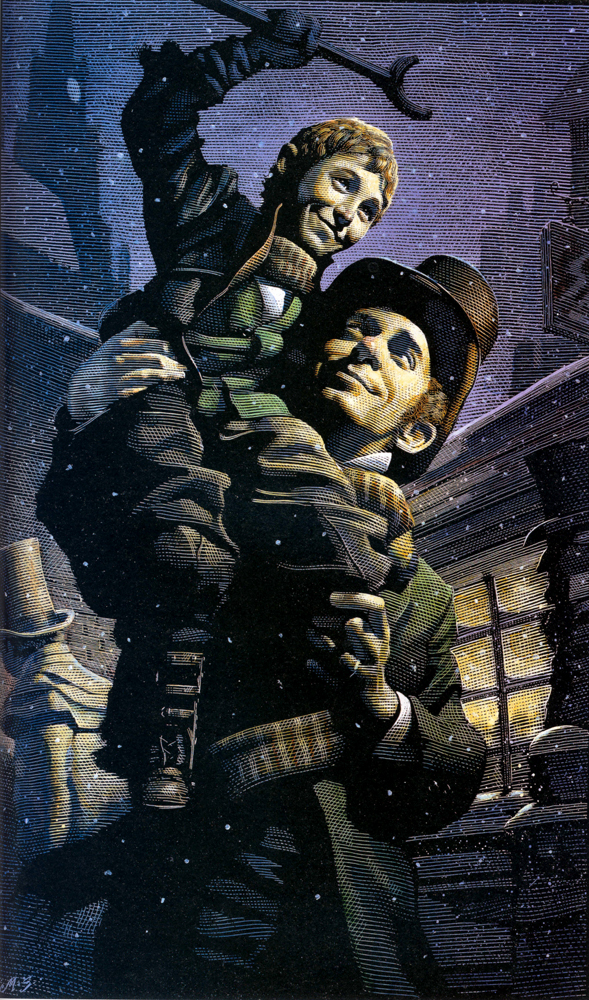

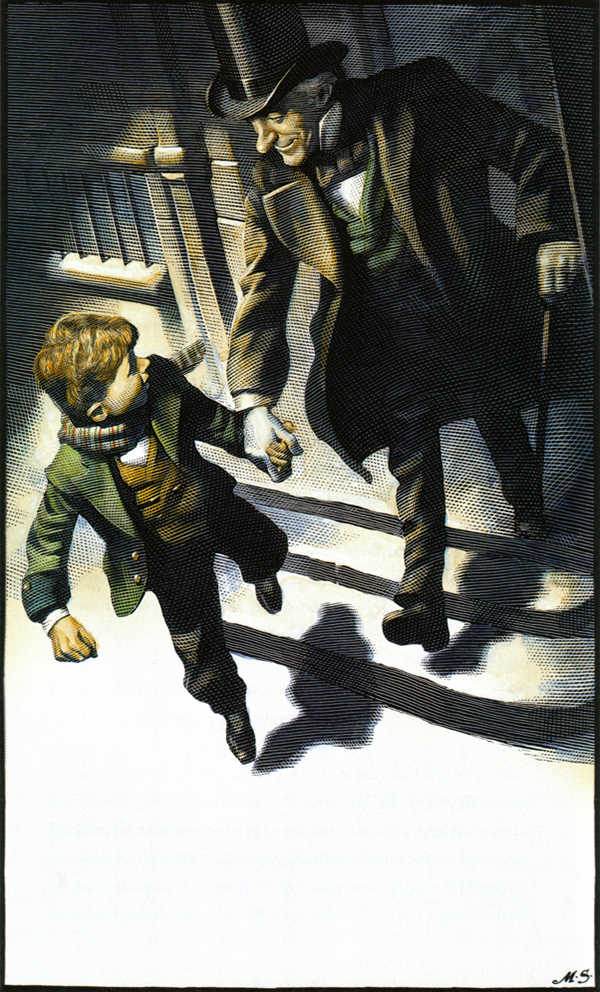

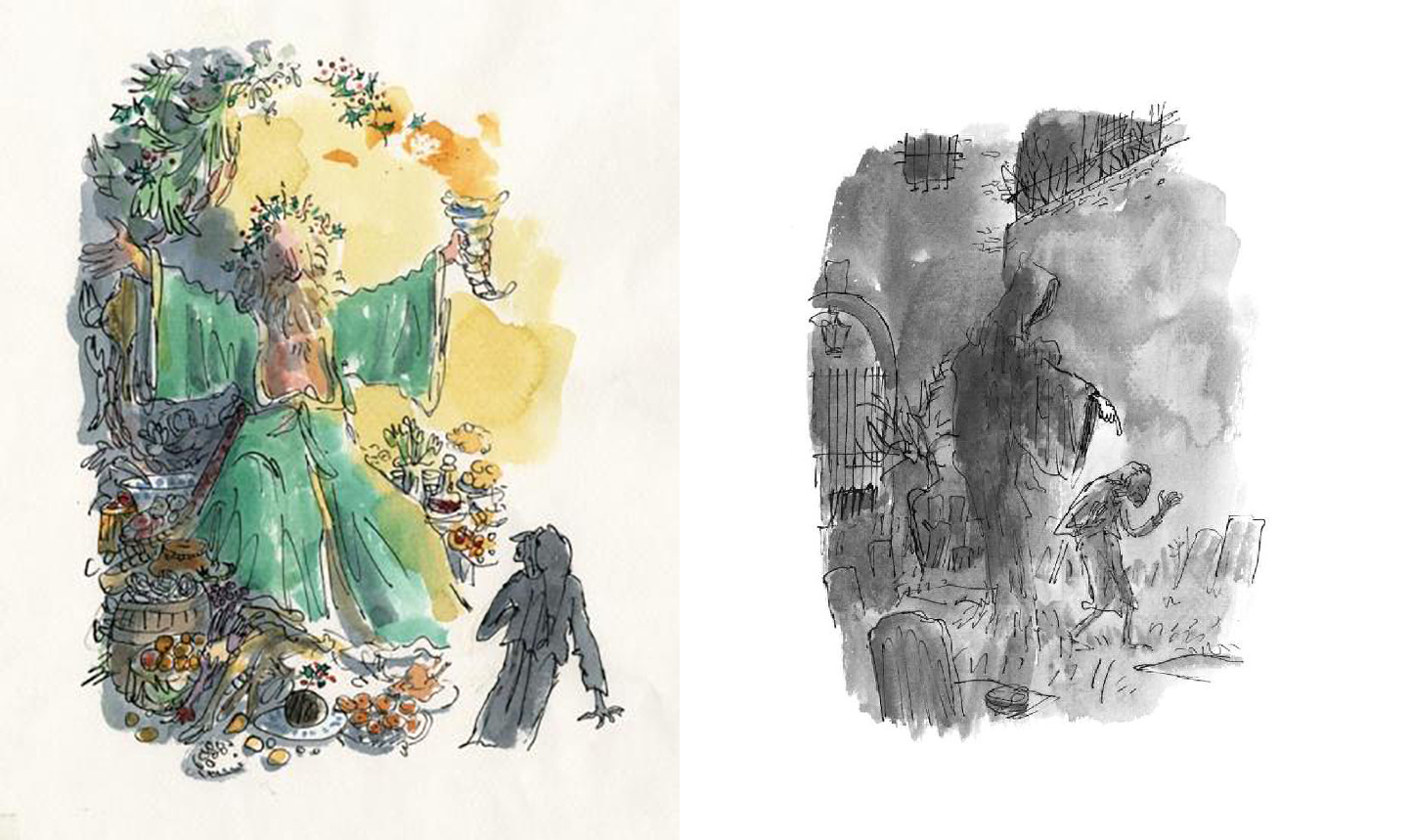
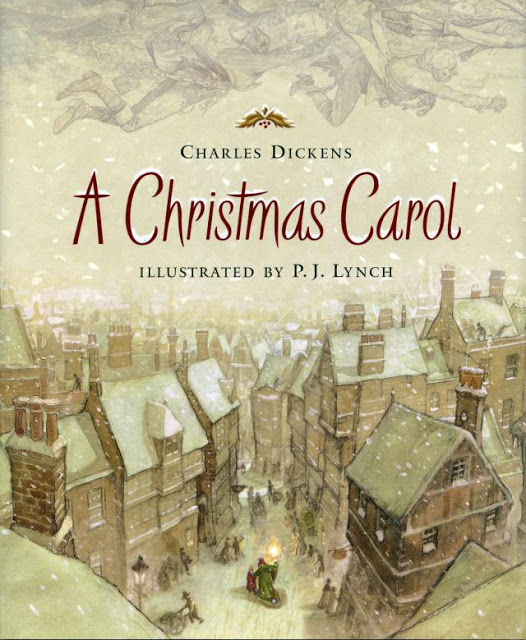
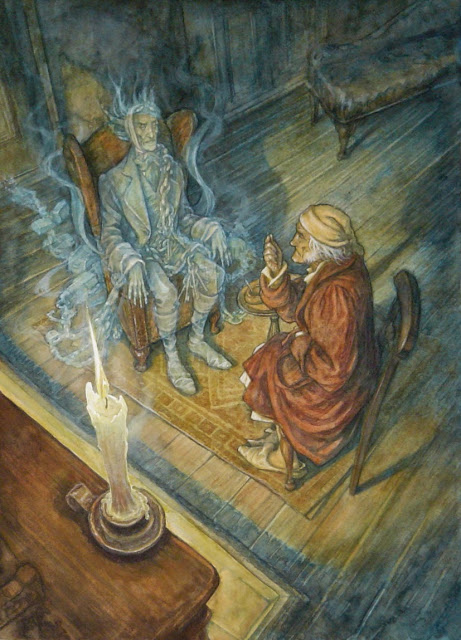
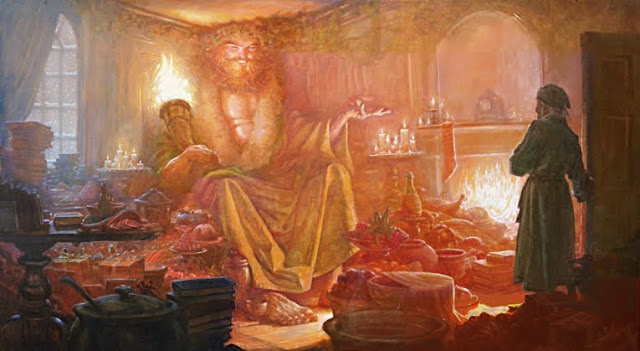
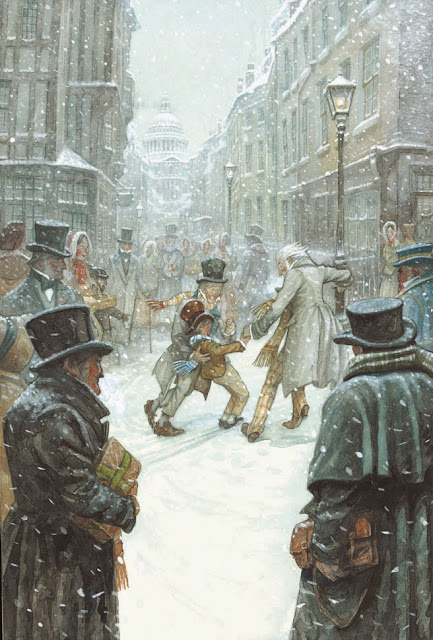
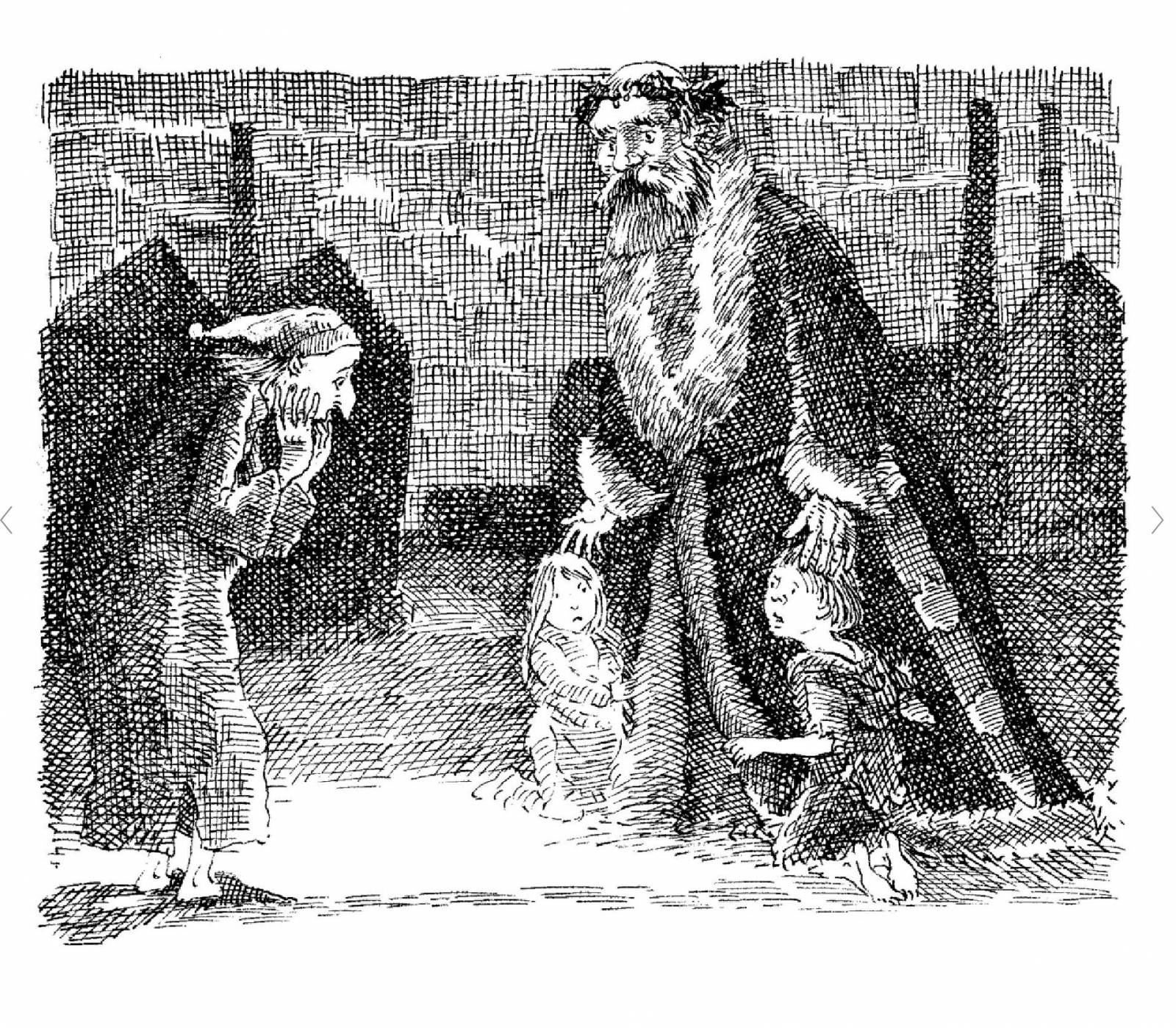
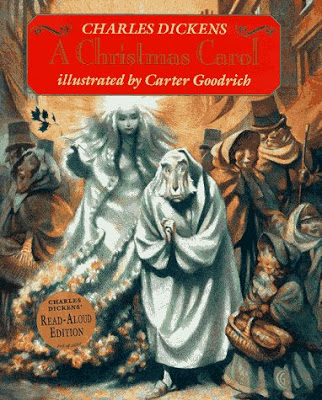
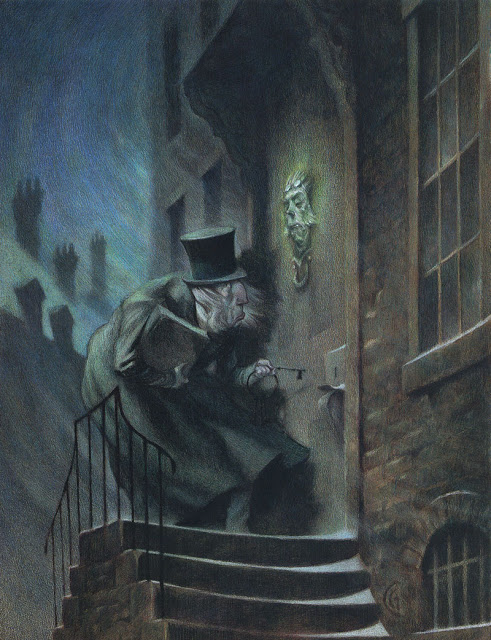
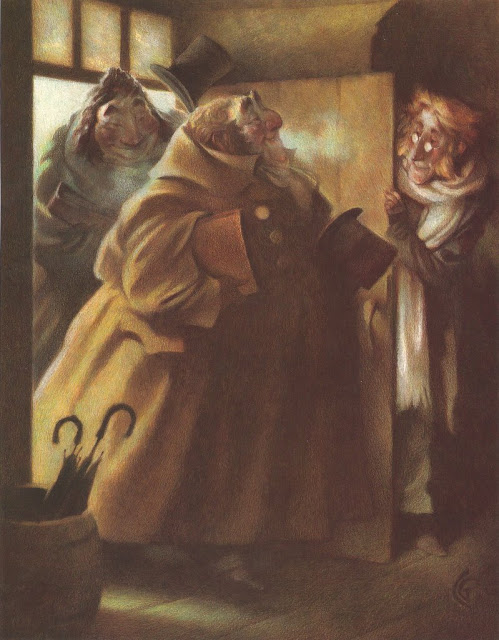
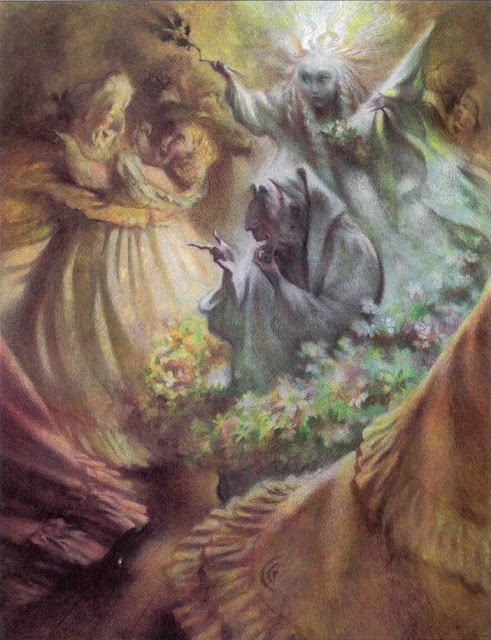
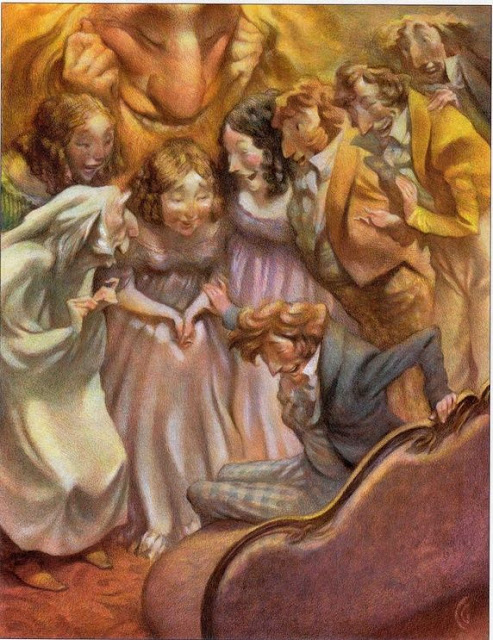

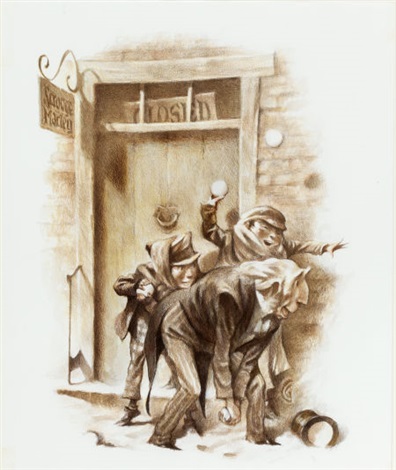
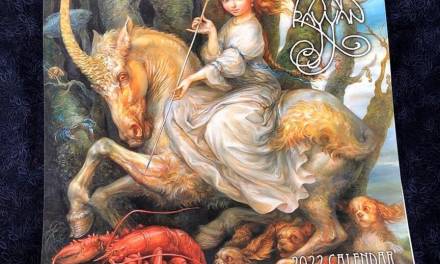
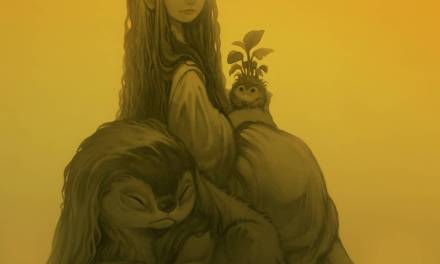
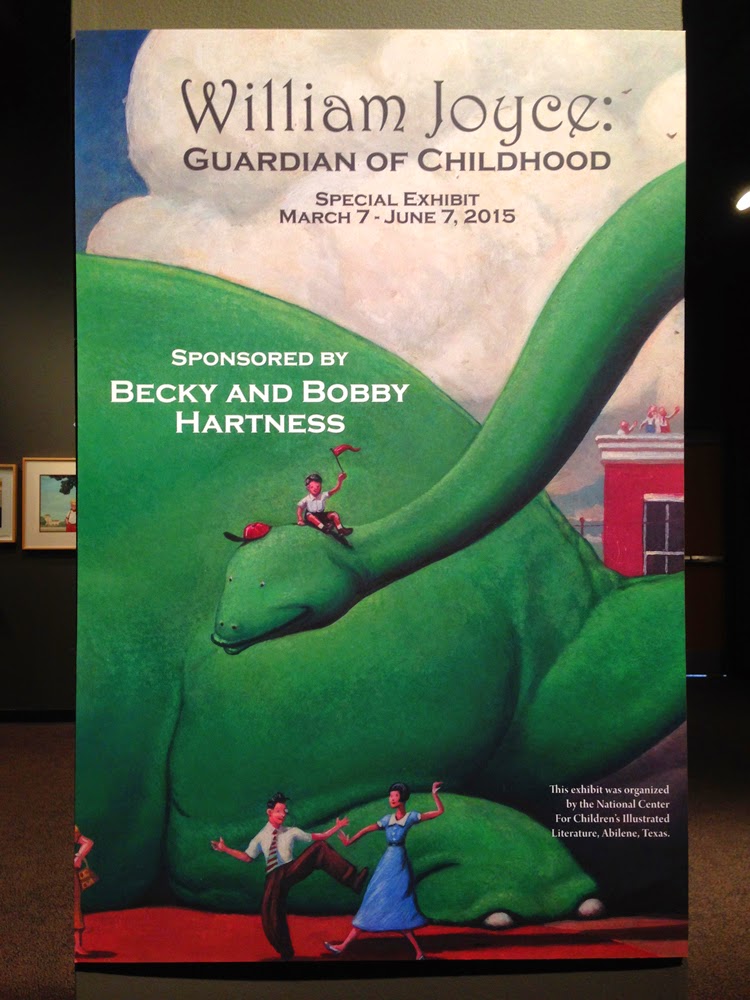
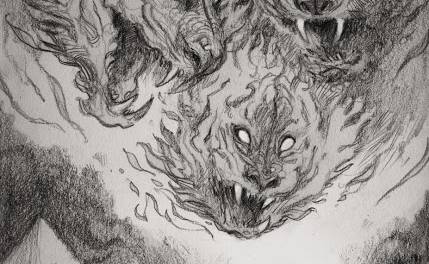

Wow, that Goodrich graveyard scene! I see what you mean about his work – that’s just amazing. They all are… This just went on my ”must acquire” list. Thanks for sharing all this, Cory! Merry Christmas!
Nothing compares to the original.
I once inquired with Mr. Struzan about the Muppet Christmas Carol original art. I didn’t see the movie for the first time until my 30s but I love it.
The response I received indicated: “MOVIE finish Artworks / Beginning at $90,000.00”. Unfortunately I had to pass without inquiring how much it would be for that specific piece!
I share this because as you might imagine it amuses me to learn you’d seen it in plastic, leaning against the wall….
During that same visit he showed me a small statue of Darth Vader kneeling. He told me that George Lucas gave him that after he’d done the Episode III poster and said, “This is Vader bowing to you.”
Lucas bought each of the original paintings of all six Struzan posters for his personal theater!
A great post Cory! :}
a nice post and yes Carter Goodrich did a great job on this.
Ronald Searle did a wonderful version too,
Really wonderful post, Cory! And now you’ve put me in the mood to watch the Muppet version again 🙂
So when are we going to see your take on this subject, Corey?
Thanks for sharing the information. This Forum is Very helpful, people can share there information here very easily.